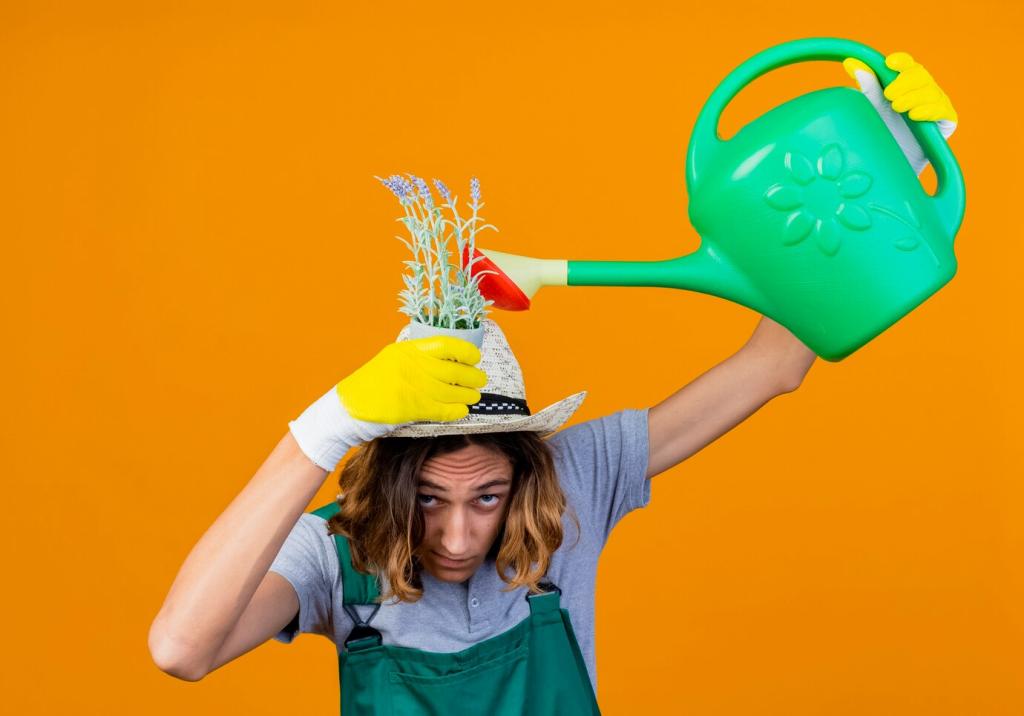
DIY Natural Cleaners for Upholstery
Maintaining clean and fresh upholstery is key to a comfortable living environment, but commercial cleaning products often introduce unnecessary chemicals into your home. Embracing DIY natural cleaners is an effective, eco-friendly, and budget-conscious method to remove stains, eliminate odors, and refresh fabrics. Homemade solutions make use of everyday ingredients and are customizable for various upholstery types, ensuring gentle care without compromising effectiveness. Discover a world where your furniture can stay spotless and your home environment remains safe for family and pets, all thanks to natural cleaning approaches.
Vinegar: The Powerhouse Cleaner
Vinegar stands as one of the most versatile natural cleaners available. Its acidity enables it to break down stains and eliminate odors embedded in fabric fibers. When used for upholstery, distilled white vinegar is typically diluted with water to prevent any damage to delicate materials. The solution can be lightly sprayed onto fabrics to refresh or help lift spills. Because vinegar neutralizes many types of bacteria and odors, it’s especially valuable for households with pets or children. The scent dissipates as it dries, and the result is a fresher, cleaner piece of furniture free from lingering chemical smells.
Baking Soda: Odor and Stain Neutralizer
Baking soda has long been valued for its natural odor absorption and gentle abrasive qualities. Sprinkling a light layer of baking soda over upholstery can effectively absorb stubborn smells, leaving fabrics naturally refreshed after just a short period. Its fine texture means it won’t scratch most fabrics, making it appropriate even for regular use. Additionally, when mixed with a tiny amount of water, baking soda forms a paste that can be used to target specific stains. After allowing it to sit, a quick vacuum or gentle brush removes residue, revealing brighter, cleaner upholstery.
Essential Oils: Customizing Fragrance and Cleaning
Essential oils not only add a pleasing scent to your homemade cleaners but can also carry additional cleaning power. Oils such as lavender or tea tree possess antimicrobial properties, helping to keep your upholstered items hygienic. Adding just a few drops to your cleaning solution personalizes the experience, masking vinegar’s strong scent and leaving behind a subtle, natural fragrance. Select oils based on your preference, but always test on a small area first, as certain fabrics may be sensitive to concentrated oils. With the right blend, you enhance cleanliness and create a calming environment all at once.
Previous slide
Next slide

Effective Spot Cleaning Techniques
Water and Mild Soap Mixtures
A simple mixture of water and mild natural soap is often the first step for spot-cleaning most upholstery stains. Gently blotting—rather than rubbing—the stain with a soft cloth soaked in this mixture lifts dirt and grime without spreading it further. Avoid oversaturating the fabric to protect underlying cushions and prevent water spots. This method is particularly safe for delicate fabrics, as it doesn’t introduce harsh chemicals. After cleaning, using a clean, damp cloth to remove soap residues ensures the upholstery dries clean and residue-free, preparing it for further treatments if needed.
Club Soda for Fresh Stains
Club soda is an unexpectedly effective option for treating accidental spills as soon as they occur. Its carbonation and mild acidity help to lift many fresh stains, particularly those from coffee, wine, or juices. Pouring a small amount directly onto the affected area, allowing it to fizz, and then blotting with a clean towel can drastically reduce the visibility of the mark. Club soda does not introduce additional artificial fragrances or unwanted residues, making it safe for use on most common upholstery fabrics. Repeating the process if needed ensures optimal stain removal with minimal effort.
Cornstarch for Grease and Oil
Greasy or oily stains can seem daunting, but cornstarch acts as an effective natural absorbent. Sprinkling cornstarch generously over the stain and letting it sit for at least fifteen minutes draws out oils from the fabric fibers. Afterward, gently vacuuming or brushing away the powder removes much of the original mess. For stubborn areas, combining cornstarch with a touch of natural soap creates a gentle paste that works deeper into the fabric. This method is particularly helpful for upholstered dining chairs or sofas that frequently face accidental food spills, keeping fabrics looking clean and inviting.
Preventing Odors and Refreshing Fabrics
Baking Soda Deodorizing
Baking soda acts as a natural deodorizer that’s safe to use on most fabric types. By spreading a thin layer over an entire sofa or armchair and letting it sit for at least thirty minutes, baking soda absorbs odors deep within the fabric. The process is chemical-free and doesn’t mask smells—it neutralizes them at the source. Once you vacuum up the baking soda, the upholstery is left refreshed and revitalized. Regular monthly applications can keep rooms smelling clean, even if you have pets or frequent guests, all while preserving indoor air quality.
Vinegar Spray Refresher
Vinegar, diluted in water, creates an effective spray that lightly refreshes upholstery and eliminates unwanted odors. The acidic nature of vinegar neutralizes a wide range of odor-causing molecules, leaving your furniture smell-free once the solution dries. You can add a few drops of essential oils to the mix if you prefer a subtle, lingering fragrance. Used properly, this spray can revive tired armchairs, sofas, and even car interiors. Frequent use not only targets odors but also discourages mildew and bacterial growth, making your home environment healthier and more comfortable.
Citrus Peel Potpourri
Homemade citrus peel potpourri provides a natural way to infuse upholstery and rooms with a fresh, uplifting scent. By collecting lemon, orange, or grapefruit peels and allowing them to dry, you create your own air-freshening sachets that can be tucked between cushions or under slipcovers. The pleasant aroma slowly releases, helping disguise musty odors over time. For an added boost, combine dried peels with cloves or cinnamon sticks. This method harnesses nature’s power to reinvigorate both fabrics and the atmosphere of your living space without synthetic fragrances or sprays.
